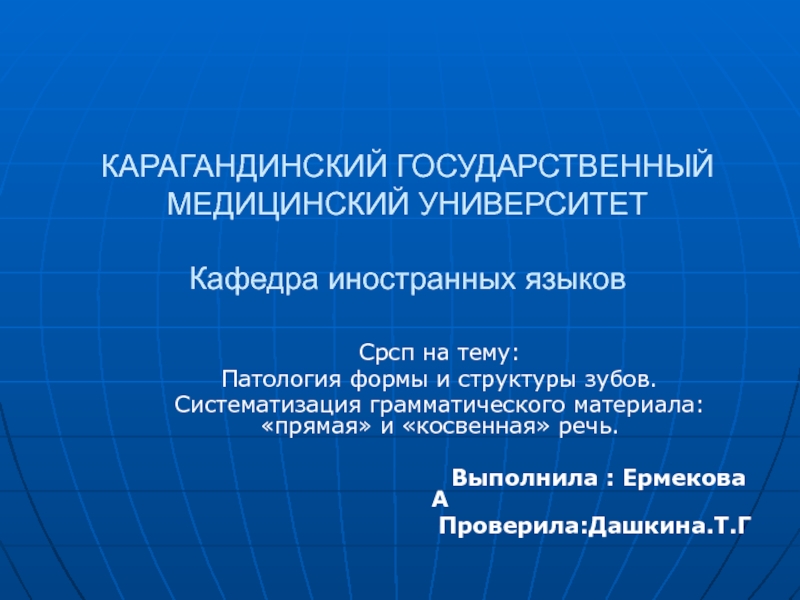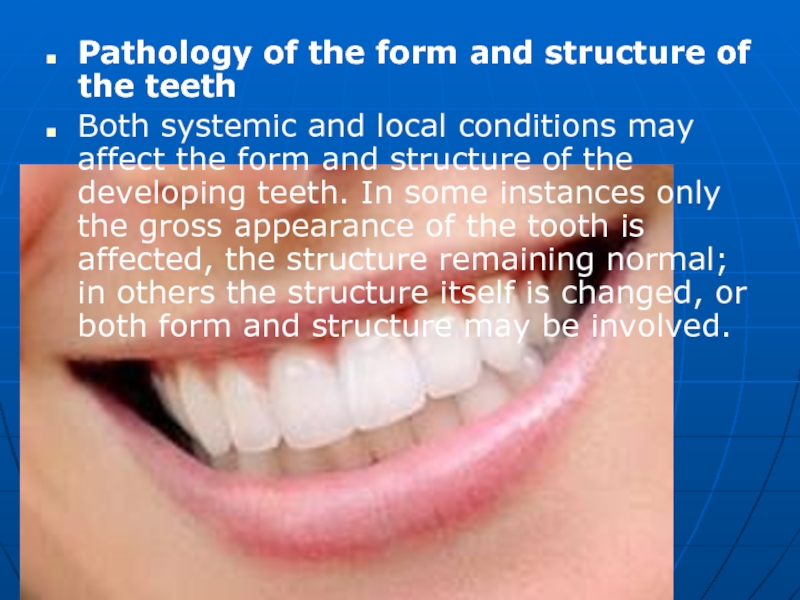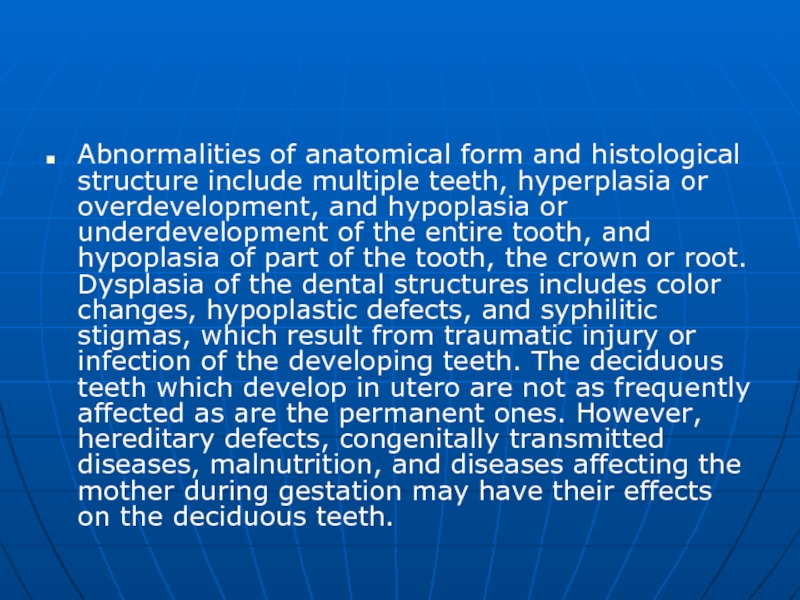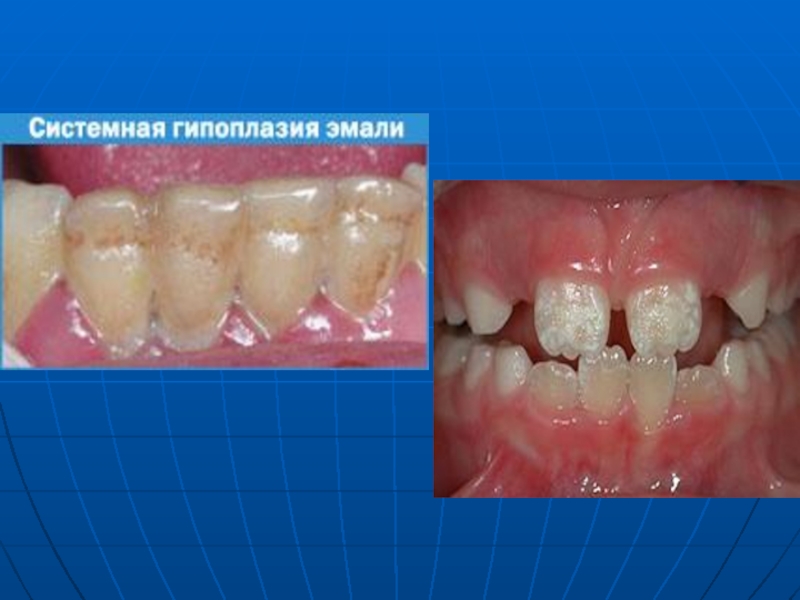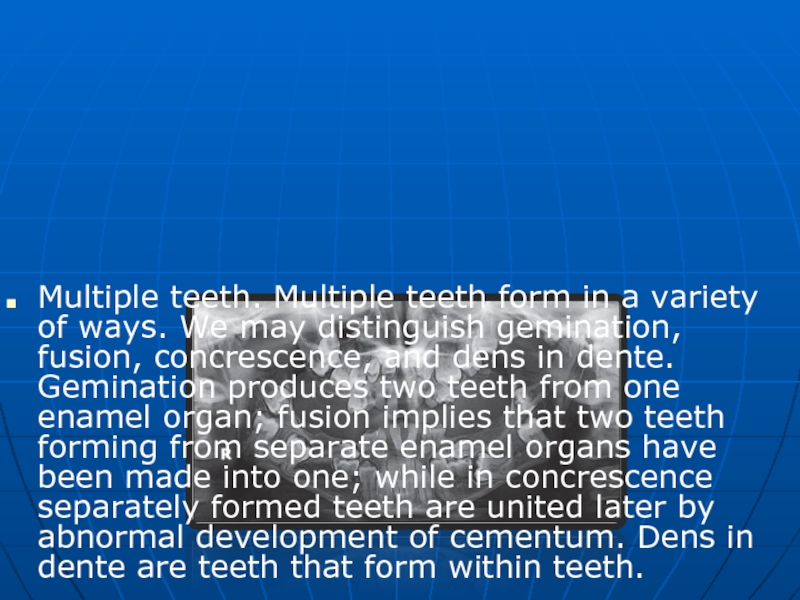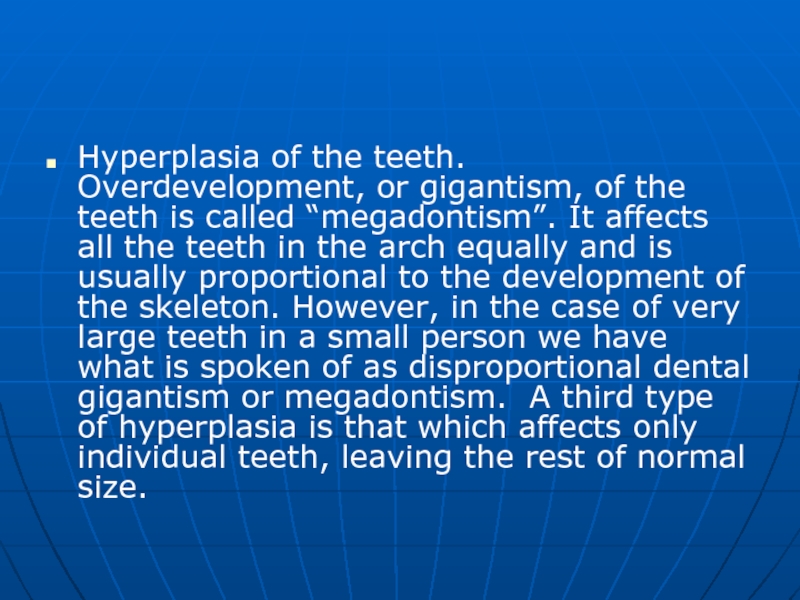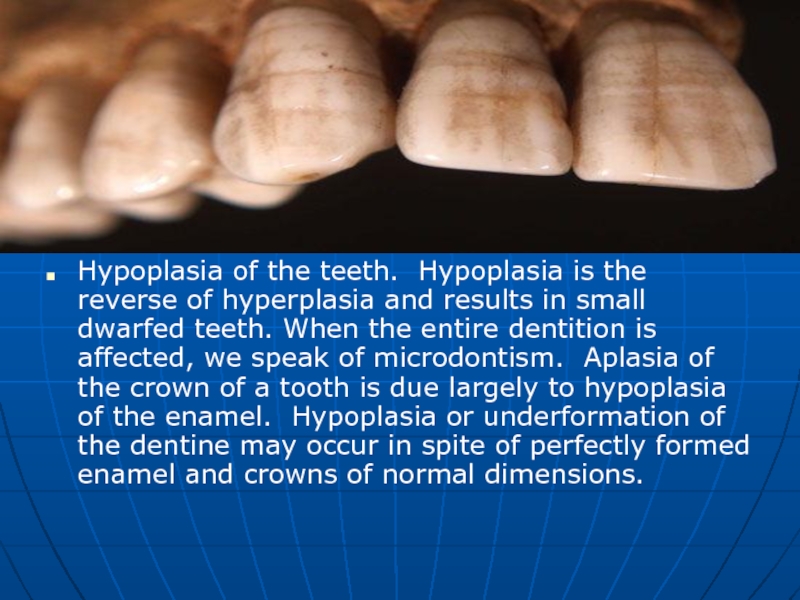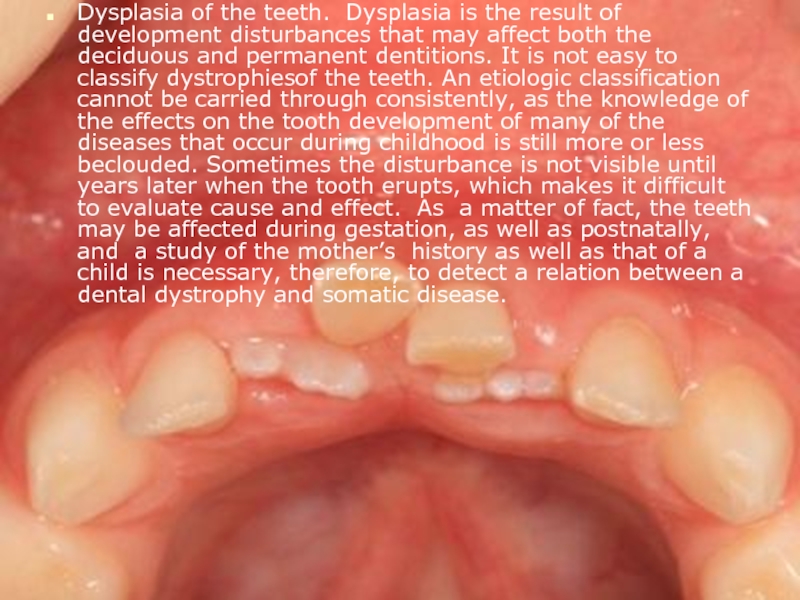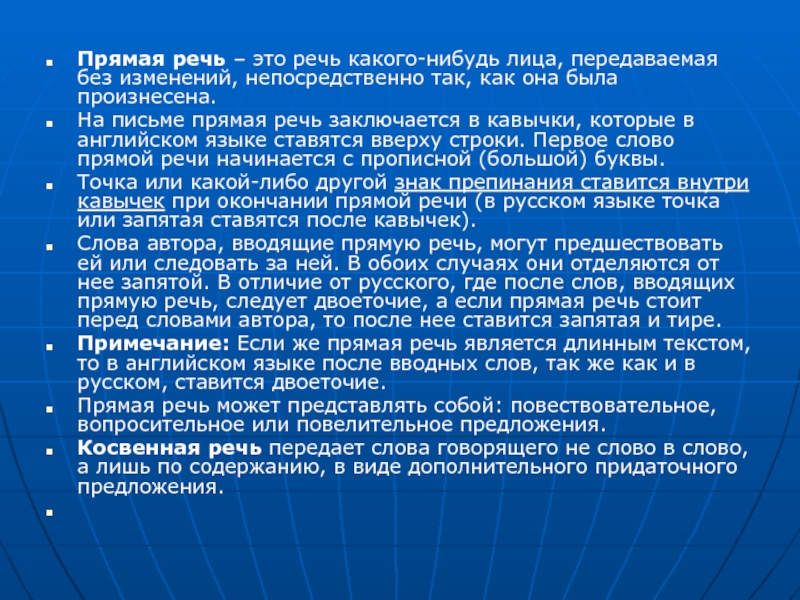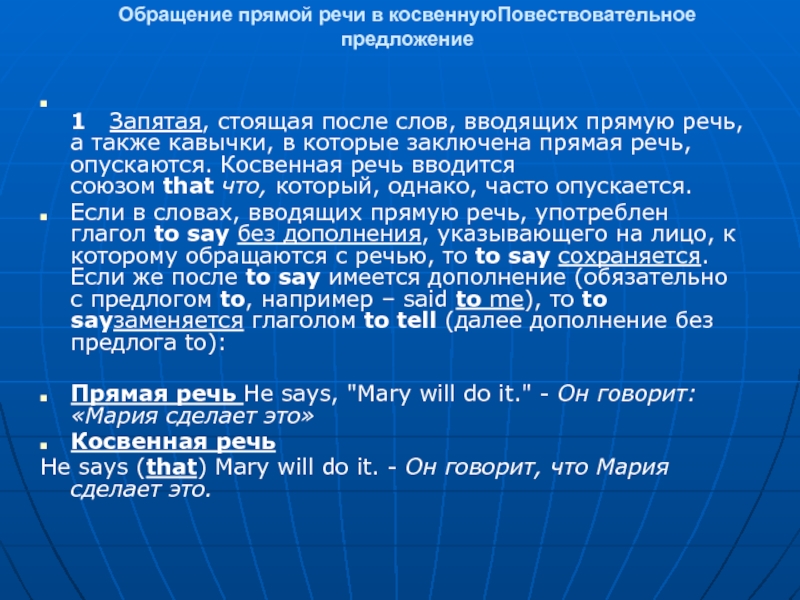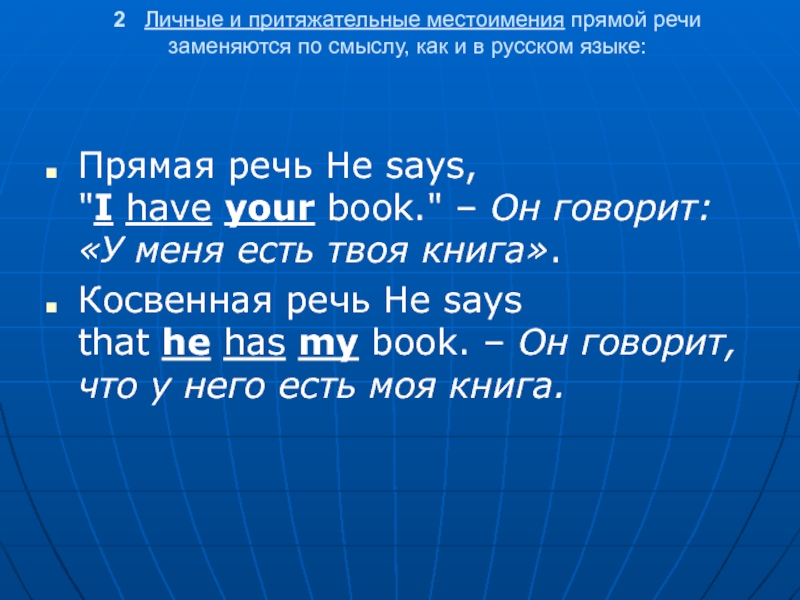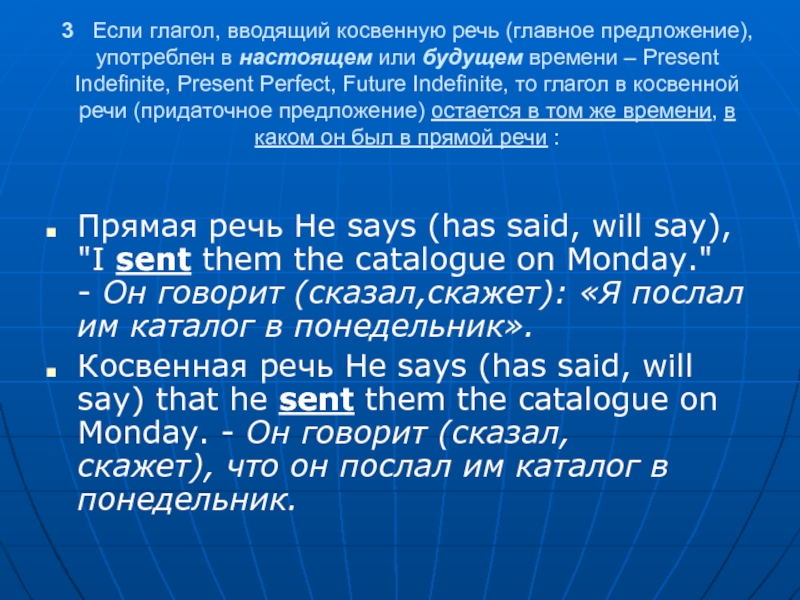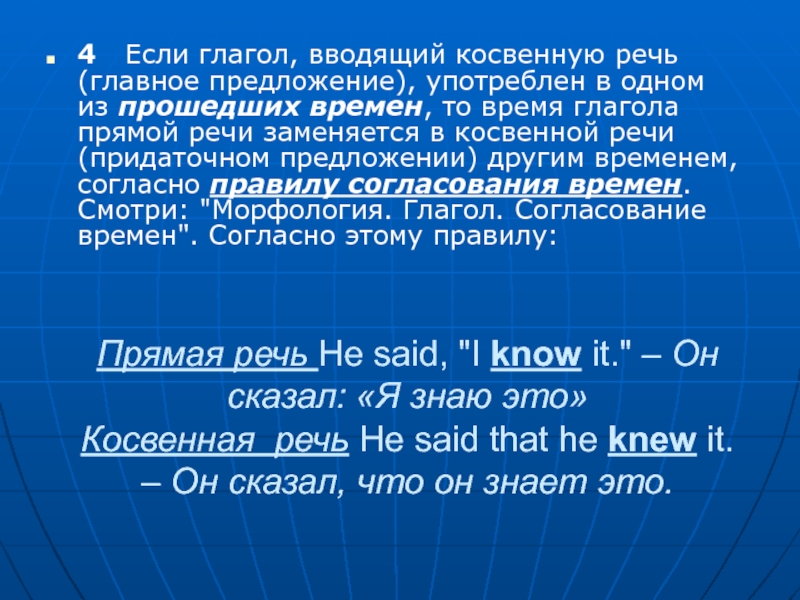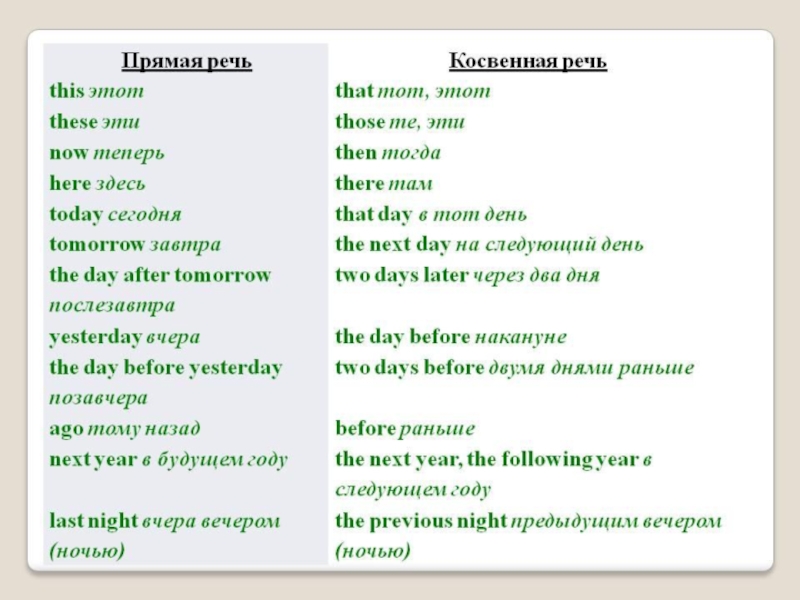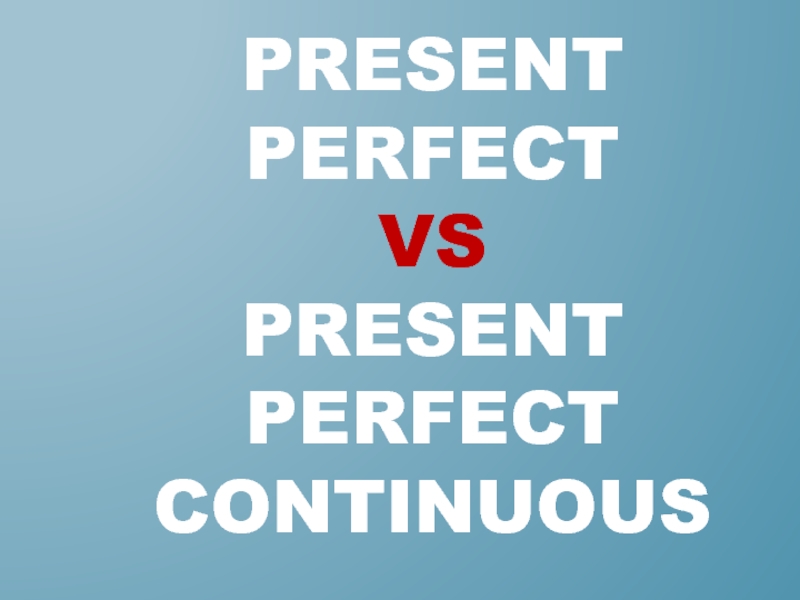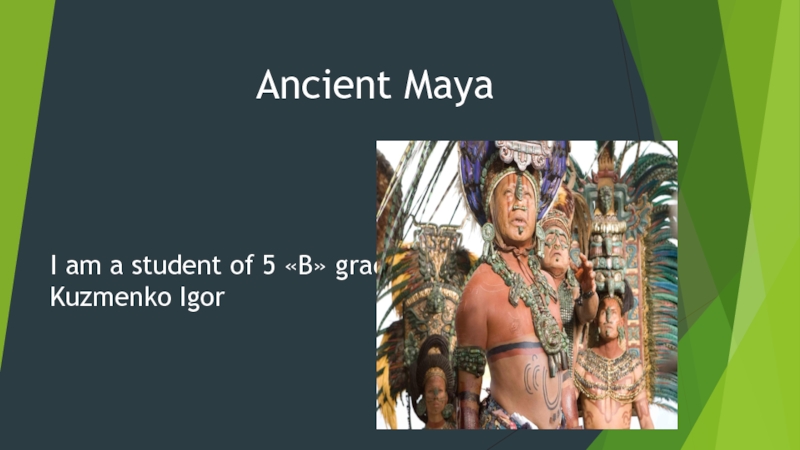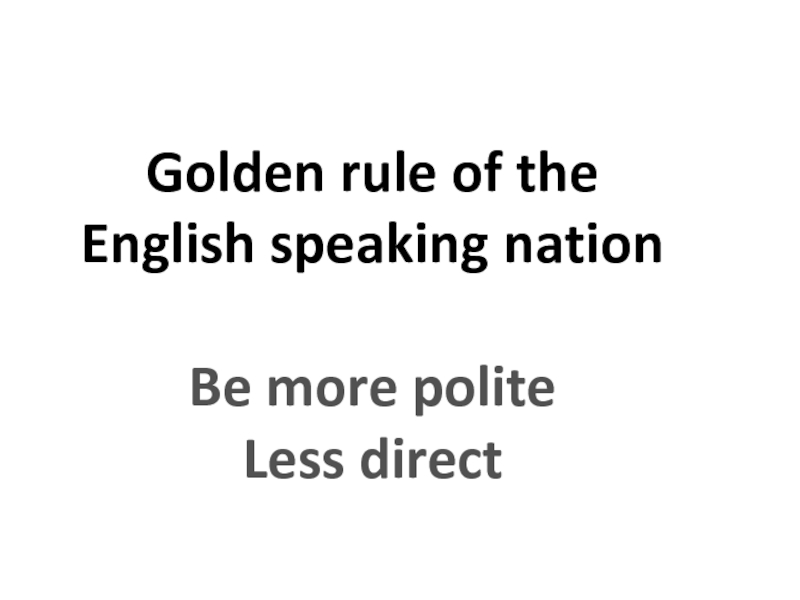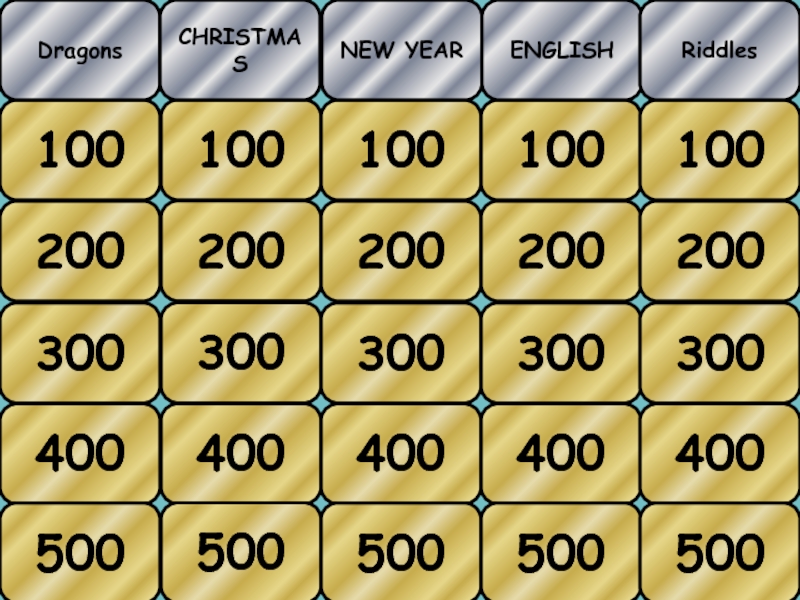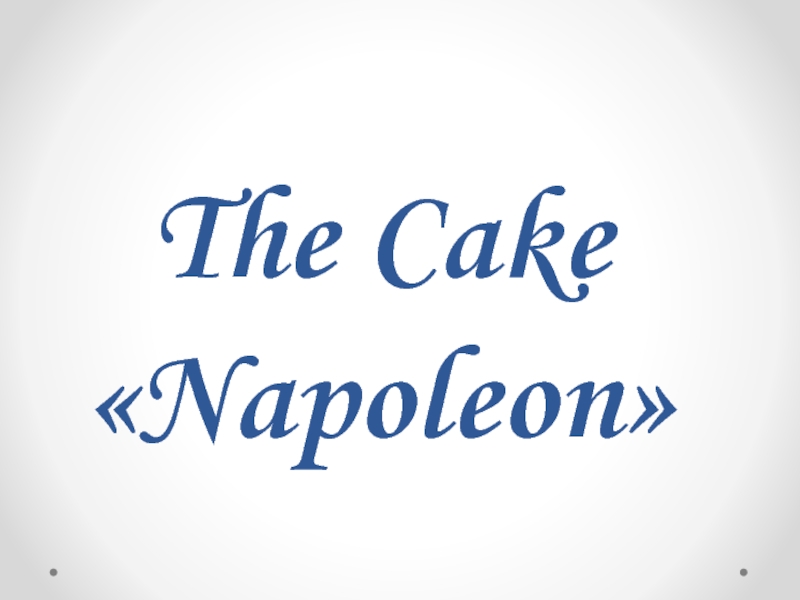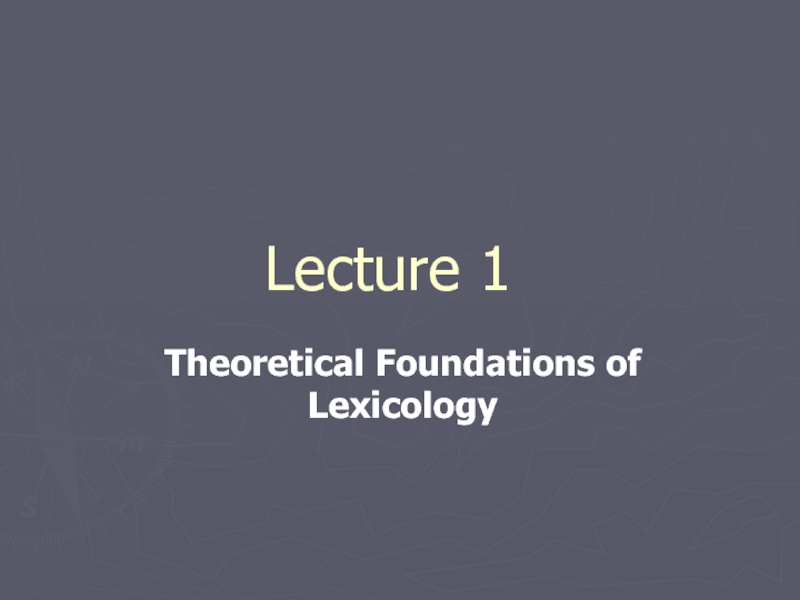- Главная
- Разное
- Дизайн
- Бизнес и предпринимательство
- Аналитика
- Образование
- Развлечения
- Красота и здоровье
- Финансы
- Государство
- Путешествия
- Спорт
- Недвижимость
- Армия
- Графика
- Культурология
- Еда и кулинария
- Лингвистика
- Английский язык
- Астрономия
- Алгебра
- Биология
- География
- Детские презентации
- Информатика
- История
- Литература
- Маркетинг
- Математика
- Медицина
- Менеджмент
- Музыка
- МХК
- Немецкий язык
- ОБЖ
- Обществознание
- Окружающий мир
- Педагогика
- Русский язык
- Технология
- Физика
- Философия
- Химия
- Шаблоны, картинки для презентаций
- Экология
- Экономика
- Юриспруденция
Систематизация грамматического материала: прямая и косвенная речь презентация
Содержание
- 1. Систематизация грамматического материала: прямая и косвенная речь
- 2. Pathology of the form and structure of
- 3. Abnormalities of anatomical form and histological
- 5. Multiple teeth. Multiple teeth form in a
- 6. Hyperplasia of the teeth. Overdevelopment, or gigantism,
- 7. Hypoplasia of the teeth. Hypoplasia is
- 8. Dysplasia of the teeth. Dysplasia is the
- 9. Прямая речь – это речь какого-нибудь лица, передаваемая
- 10. Обращение прямой речи в косвеннуюПовествовательное предложение
- 11. 2 Личные и притяжательные местоимения прямой речи заменяются по
- 12. 3 Если глагол, вводящий косвенную речь (главное предложение),
- 13. Прямая речь He said, "I know it." – Он сказал:
Слайд 1КАРАГАНДИНСКИЙ ГОСУДАРСТВЕННЫЙ МЕДИЦИНСКИЙ УНИВЕРСИТЕТ
Кафедра иностранных языков
Срсп на тему:
Патология формы и структуры
Систематизация грамматического материала: «прямая» и «косвенная» речь.
Выполнила : Ермекова А
Проверила:Дашкина.Т.Г
Слайд 2Pathology of the form and structure of the teeth
Both systemic and
Слайд 3
Abnormalities of anatomical form and histological structure include multiple teeth, hyperplasia
Слайд 5Multiple teeth. Multiple teeth form in a variety of ways. We
Слайд 6Hyperplasia of the teeth. Overdevelopment, or gigantism, of the teeth is
Слайд 7
Hypoplasia of the teeth. Hypoplasia is the reverse of hyperplasia and
Слайд 8Dysplasia of the teeth. Dysplasia is the result of development disturbances
Слайд 9Прямая речь – это речь какого-нибудь лица, передаваемая без изменений, непосредственно так,
На письме прямая речь заключается в кавычки, которые в английском языке ставятся вверху строки. Первое слово прямой речи начинается с прописной (большой) буквы.
Точка или какой-либо другой знак препинания ставится внутри кавычек при окончании прямой речи (в русском языке точка или запятая ставятся после кавычек).
Слова автора, вводящие прямую речь, могут предшествовать ей или следовать за ней. В обоих случаях они отделяются от нее запятой. В отличие от русского, где после слов, вводящих прямую речь, следует двоеточие, а если прямая речь стоит перед словами автора, то после нее ставится запятая и тире.
Примечание: Если же прямая речь является длинным текстом, то в английском языке после вводных слов, так же как и в русском, ставится двоеточие.
Прямая речь может представлять собой: повествовательное, вопросительное или повелительное предложения.
Косвенная речь передает слова говорящего не слово в слово, а лишь по содержанию, в виде дополнительного придаточного предложения.
Слайд 10Обращение прямой речи в косвеннуюПовествовательное предложение
1 Запятая, стоящая после слов, вводящих прямую
Если в словах, вводящих прямую речь, употреблен глагол to say без дополнения, указывающего на лицо, к которому обращаются с речью, то to say сохраняется. Если же после to say имеется дополнение (обязательно с предлогом to, например – said to me), то to sayзаменяется глаголом to tell (далее дополнение без предлога to):
Прямая речь He says, "Mary will do it." - Он говорит: «Мария сделает это»
Косвенная речь
He says (that) Mary will do it. - Он говорит, что Мария сделает это.
Слайд 112 Личные и притяжательные местоимения прямой речи заменяются по смыслу, как и в
Прямая речь He says, "I have your book." – Он говорит: «У меня есть твоя книга».
Косвенная речь He says that he has my book. – Он говорит, что у него есть моя книга.
Слайд 123 Если глагол, вводящий косвенную речь (главное предложение), употреблен в настоящем или будущем времени – Present Indefinite, Present
Прямая речь He says (has said, will say), "I sent them the catalogue on Monday." - Он говорит (сказал,скажет): «Я послал им каталог в понедельник».
Косвенная речь He says (has said, will say) that he sent them the catalogue on Monday. - Он говорит (сказал,скажет), что он послал им каталог в понедельник.
Слайд 13Прямая речь He said, "I know it." – Он сказал: «Я знаю это» Косвенная
4 Если глагол, вводящий косвенную речь (главное предложение), употреблен в одном из прошедших времен, то время глагола прямой речи заменяется в косвенной речи (придаточном предложении) другим временем, согласно правилу согласования времен. Смотри: "Морфология. Глагол. Согласование времен". Согласно этому правилу:
